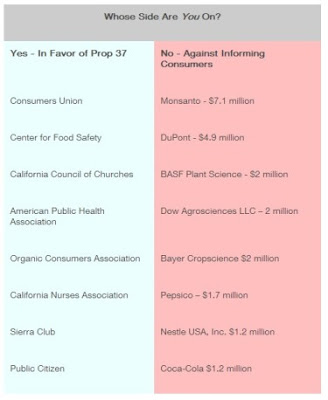

| Visitors Now: | |
| Total Visits: | |
| Total Stories: |

| Story Views | |
| Now: | |
| Last Hour: | |
| Last 24 Hours: | |
| Total: | |
Watching (resisting) pollution of the science communication environment in real time: genetically modified foods in the US, part 1
Putative risk sources are not born with culturally divisive meanings. They acquire them.
Something happens—as a result perhaps of strategic manipulation but also possibly of accident or misadventure—that imbues some technology with resonances that selectively affirm and denigrate the outlooks of opposing groups. At that point, how to regard the risks the technology poses—not only what to do to ameliorate them, but whether even to acknowledge them as real—becomes a predicable occasion for disagreement between the groups’ respective members.
By highlighting the association between competing positions and competing cultural identities, such disagreement itself sharpens the antagonistic meanings that the technology bears—thereby magnifying its potential to generate conflict. And so forth & so on.
But the thing that imbues a technology (or a form of behavior or a type of policy) with culturally antagonistic meanings doesn’t have to happen. There’s nothing necessary or inevitable about this process.
It’s this contingency that explains why one putative risk source (say, the HPV vaccine) can provoke intense cultural conflict while another, seemingly equivalent source (say, the H1N1 vaccine) doesn’t. It explains, too, why one and the same risk (nuclear power, e.g., or “mad cow disease”) can provoke division in one society but indifference in another, seemingly similar society.
Consider genetically modified (GM) foods. Historically, GM foods—e.g., soybeans altered to resist diseases that otherwise would be controlled by chemical pesticides, or potatoes engineered to withstand early frosts—have not provoked nearly as much concern in the US as in Europe. Such products can be found in upwards of 70% of US manufactured foods. In Europe, the figure is supposedly closer to 5%, due to enactment of progressively stricter regulations over the last decade and a half.
But it’s certainly possible that something could happen to make US public attitudes and regulations move in the direction of Europe’s. Indeed, it could be happening….
2012-10-12 20:48:56
Source: http://gmopundit.blogspot.com/2012/10/watching-resisting-pollution-of-science.html
Source:



